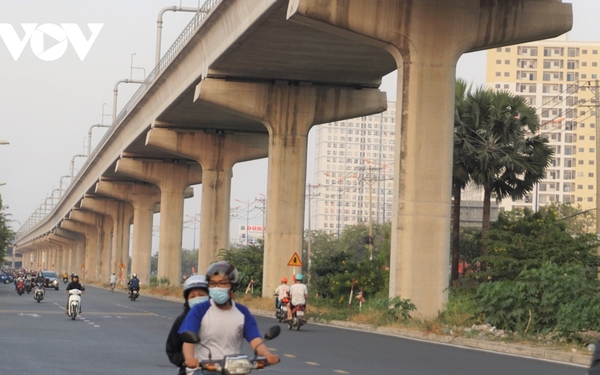India begins to enter the period of “hell”
A severe heatwave in mid- and late-April 2022 brought temperatures 4.5 to 8.5 degrees Celsius higher than usual in the east, central and northwest India — just weeks after the country recorded its hottest March on record since the country’s meteorology department began keeping records more than 120 years ago.
On April 27, 2022, India’s highest temperature reached 45.9 degrees Celsius, recorded at Prayagraj in Uttar Pradesh. A day earlier, a peak of 45.1 degrees Celsius was reported at Barmer in Western Rajasthan in the northwest, according to the India Meteorological Department. Many other localities recorded temperatures from 42 to 44 degrees Celsius.

The map above shows the air temperature modeled for April 27, 2022. It is derived from the Goddard Earth Observation System (GEOS) model and represents the air temperature at 2 meters above the ground. with the ground.
Effects of heat waves include heat-related diseases, poor air quality, low rainfall, and reduced crop yields. Additionally, electricity demand spiked and coal inventories fell, leaving the country in its worst power shortage in more than six years. In the northern regions of Uttarakhand and Himachal Pradesh, the snow in the mountains is melting rapidly. In addition, more than 300 large wildfires burned across the country on April 27, according to the Forest Survey of India. Almost a third of them are in Uttarakhand.
Heat waves are common in India in spring and early summer, especially in May, which is usually the hottest month. But they usually go into remission at the start of the monsoon season from late May to September every year. According to India’s Ministry of Earth Sciences, the number of spring heatwaves is on the rise as 12 of the 15 warmest years on record in the country have occurred since 2006. One heatwave in June 2015 killed more than 2,000 people.
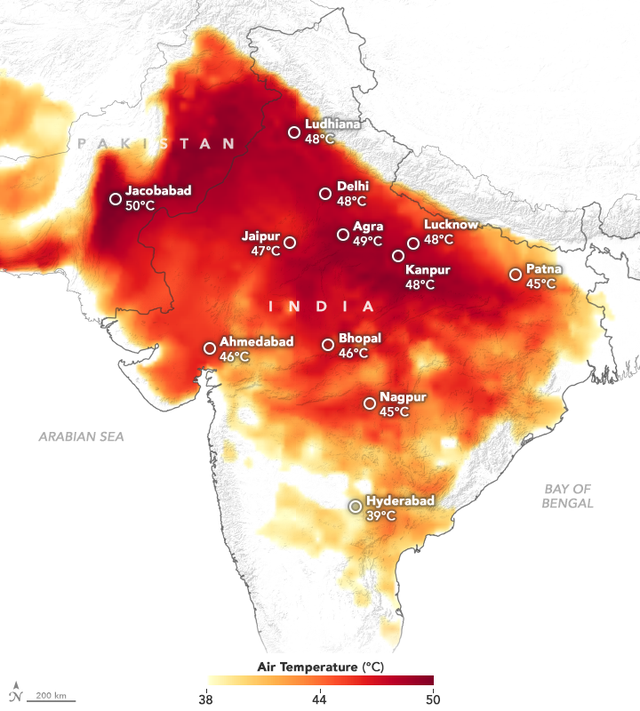
The Indian Meteorological Department (IMD) said the country just experienced its hottest March in 122 years. The highest temperature recorded at the Safdarjung meteorological station in the New Delhi area was 40.8 degrees Celsius on April 26, and could reach 46 degrees Celsius in some areas of Delhi from April 28, when a heat wave hot just started. IMD has issued a yellow alert, the second highest in a four-tier scale, in the Indian capital area from April 28. Temperatures in some northern and central states could reach 48.8 degrees Celsius this week, raising concerns among international observers about the long-term impact of the heatwave on India and the world. . In many localities, the heat caused schools to close because students could not stand the harsh weather. High temperatures also wreak havoc on crops, causing India’s wheat production in many localities to drop by up to 50%, raising the risk of food shortages.
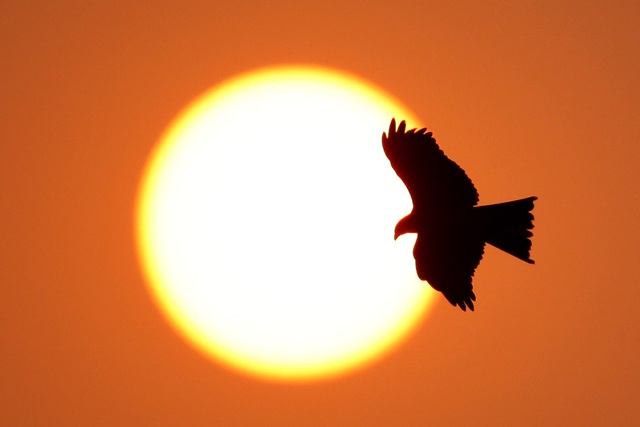
In 2016, India suffered from extremely hot weather with temperatures in many areas always above 40 degrees Celsius. Especially, on May 19, 2016, the temperature in the city of Phalodi in Rajasthan also recorded a temperature of 51 degrees Celsius, the highest number ever recorded in history.
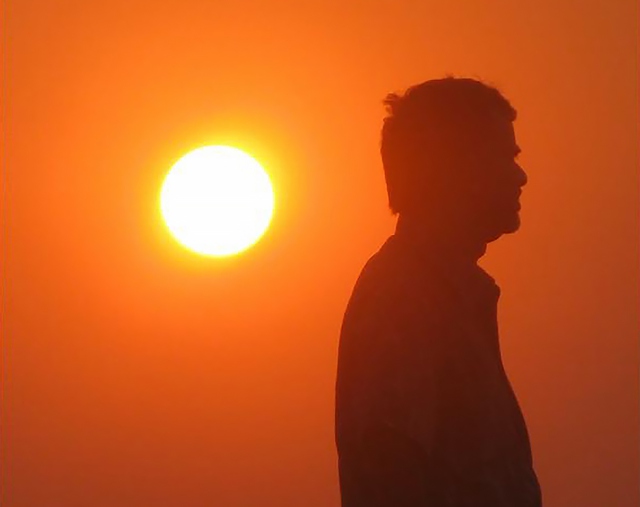
In early June 2019, an intense heat wave scorched northern India. Some areas experienced temperatures exceeding 45 degrees Celsius over a three-week period. On June 10, Delhi recorded the hottest day of the month, reaching 48 degrees Celsius. In 2019, sparse rainfall during the pre-monsoon period, coupled with a late arrival of the monsoon, made what Heat becomes more uncomfortable. The monsoon weather came in about a week late in its journey through the southeast Bay of Bengal.
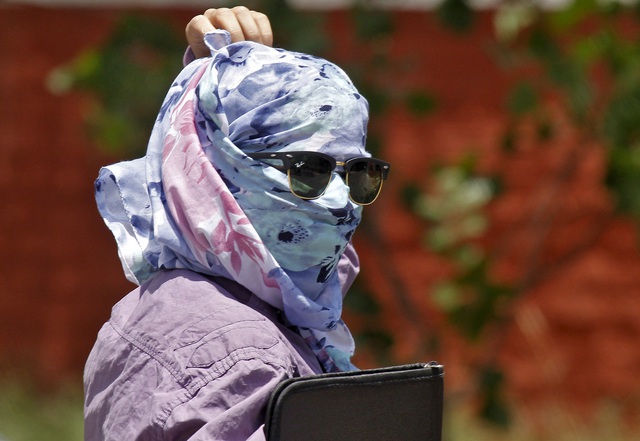
Extreme weather also increases the demand for electricity. Many parts of India face power cuts for up to eight hours a day, despite authorities advising people to stay indoors and drink enough water. Recently, India was even forced to cancel 650 passenger trains from now until the end of May 2022 to make way for more freight trains, in the context of New Delhi’s efforts to replenish coal reserves at factories. thermoelectric machine.
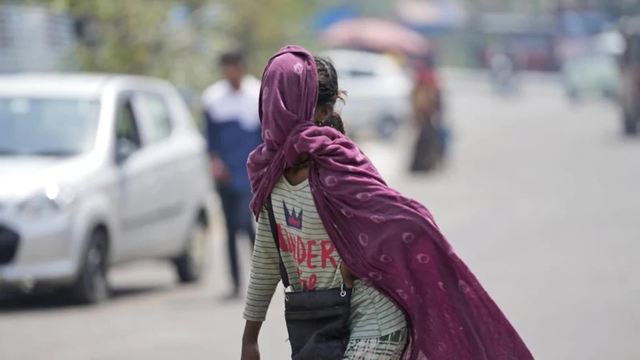
India’s neighbor Pakistan is witnessing a similar situation. Data from the Pakistan Meteorological Department (PMD) showed that the cities of Jacobabad and Sibi in the southeastern province of Sindh recorded their highest temperature of 47 degrees Celsius on April 29. The PMD confirmed it was the highest temperature recorded in any city in the Northern Hemisphere that day. “This is the first time in decades that Pakistan has experienced what many call a ‘year without a spring’,” said Pakistan’s Minister of Climate Change, Sherry Rehman. The weather in South Asia is expected to turn well over the next few days. In which, in the northwest region of India, the temperature will decrease from 3 to 4 degrees Celsius; while the average temperature in Pakistan will remain at 40 degrees Celsius.
at Blogtuan.info – Source: cafebiz.vn – Read the original article here



